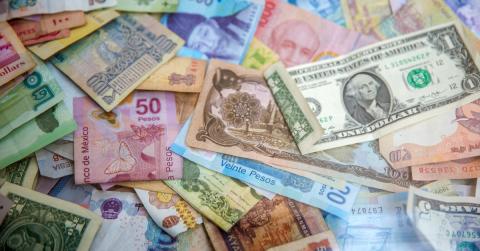More from UN DESA
Is unconventional monetary policy reaching its limits?

Since the onset of the pandemic, central banks around the world have deployed massive stimulus to limit the economic damage and support the recovery. Just like after the global financial crisis of 2007–08, unconventional monetary policy measures have played a crucial role in the response to COVID-19. Developed country central banks have purchased trillions worth of securities through quantitative easing programs, leading to an unprecedented expansion of their balance sheets.
At the same time, the pandemic has marked a turning point for monetary policy among developing countries. Many central banks have for the first time used asset purchase programmes, aiming to tackle market dysfunctionality and boost confidence.
While disentangling the effects of quantitative easing from those of other policy actions is difficult, the programs appear to have been relatively successful at times of severe financial distress. During the global financial crisis and the COVID-19 crisis, the massive asset purchases by developed country central banks helped mitigate the most adverse feedback loops between financial markets and the real economy by providing liquidity and suppressing long-term yields. Similarly, the asset purchases in developing countries seem to have contributed to stabilizing distressed bond markets in the early stages of the pandemic.
Yet, asset purchase programs are no silver bullet. There is growing evidence that, beyond the immediate crisis periods, the measures do little to stimulate economic activity. At the same time, they carry macroeconomic risks and have significant distributional consequences. For one, they appear to have contributed to an under-pricing of risk, supporting the formation of asset price bubbles and fostering a disconnect between financial markets and the real economy. The programs may also do more harm than good if they de-anchor inflation expectations – a risk that is more pronounced for central banks with lower institutional credibility. And finally, large-scale asset purchases by central banks tend to disproportionately benefit rich households, thus exacerbating wealth inequality.
This is not to say, that asset purchase programs do not have their place in countries’ monetary toolkits at times, but central banks would do well to recognize and respond to the tool’s limitations and consequences.
Learn more from the latest World Economic Situation and Prospects Monthly Briefing out on 1 September.
 Welcome to the United Nations
Welcome to the United Nations